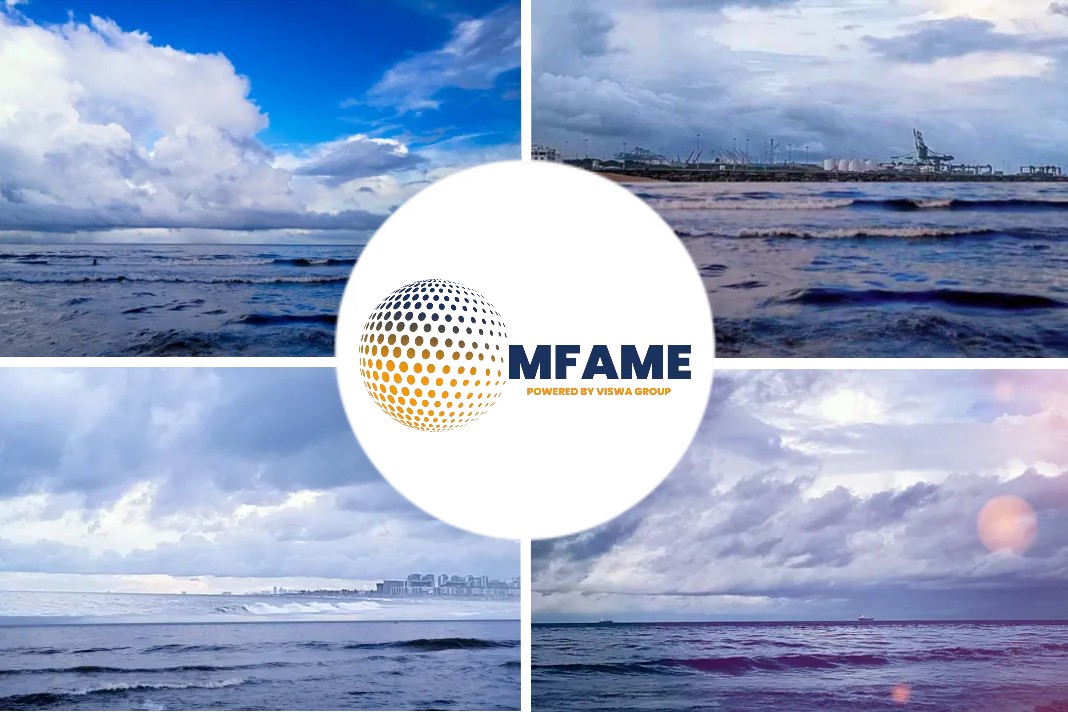“Ships are like living creatures” my old lecturer in naval architecture (we called it “ship construction” in those days) used to say before suggesting that they needed to be treated with kindness, in terms of maintenance and the avoidance of unnecessary stress.
Lurking problems:
We have learned a great deal since then, about the properties of steel, what goes on in the process of welding and the difficulties of identifying fatigue and the early detection of cracking.
The inherent problems that may be encountered in connecting new structure to old is one that tends to have been learned the hard way. Ships have cracked, even broken, where there have been major repairs or conversions and these areas always are regarded as places where there may be discontinuities of stress. Structure that may have been exposed to certain stresses for years, may not take kindly to the addition of new material, even with the most assiduous inspection of the welding.
Dynamic changes:
It is also a fact that a hull which has become accustomed to dynamic stresses from regular cargo and sea states may react badly if the use of that hull is dramatically changed. Those, for instance, operating FPSOs in exposed, offshore locations have found that these hulls, mostly of formerly well-used VLCCs, sometimes require regular repairing when they are no longer ploughing their oceanic routes, but lying in one place and enduring very different stresses upon the hull.
Structural failure blamed:
The tragic loss of the VLOC Stellar Daisy in the South Atlantic, with all but two of her crew missing, is a horrible reminder of the 1980s and 90s and the sinking of so many large bulk carriers after structural failure. It is an era that was thought to be well behind us, with a more scrupulous attention to hull inspection, better knowledge of potential damage “hot spots” and a more understanding treatment of these ships at loading and discharging terminals, along with more rigorous inspection.
Ship conversion:
But the lost ship was not a conventionally designed capesize but one of a number of VLOCs converted from VLCC hulls, when Chinese iron ore consumption surged after 2007 and there was a dearth of suitable tonnage to carry it all. Many of these ships were already well-used in the oil trades. Some were the last of the single hulled vessels built in the early 1990s, before VLCC builders moved over completely to double hulled ships, as new regulations came into effect.
Conversion failure:
The conversion of a crude oil carrier into a ship designed to carry iron ore at the same draught is a very big operation indeed. Tankers are longitudinally framed, unlike bulkers, which are laterally configured.
They have enormous longitudinal strength, but the cutting of huge holes in the weather deck for hatches will require substantial compensation. The new cargo will be carried in what had been the tanker’s centre tanks, with the bottom and sides of these spaces massively reinforced for the piles of heavy ore that will be carried.
Minute stressed hard to detect:
What had been the tanker’s wing tanks, typically five each side, will be left empty, providing plenty of buoyancy for the vessel when laden. It is a huge conversion, with literally miles of welding and several thousand tonnes of new steel to be incorporated in a structure which may have suffered during a decade or more in the oil trades. While corrosion can be seen and dealt with, any fatigue and stress damage will be harder to detect.
Conclusion:
It requires little imagination to see that the stresses upon that hull when originally configured for the carriage of oil will be very different to that experienced with the central holds carrying heavy ore. The designers will have surely anticipated these problems as they planned the conversion of these ships, but it might be that the years in the new service have seen unexpected weaknesses develop. It is helpful that there are sister ships of similar age and which are available for close inspection, so that unlike all those bulkers which were lost without any firm cause established 25-30 years ago, we might learn something useful from this latest tragedy.
Did you subscribe for our daily newsletter?
It’s Free! Click here to Subscribe!
Source: Seatrade Maritime

















